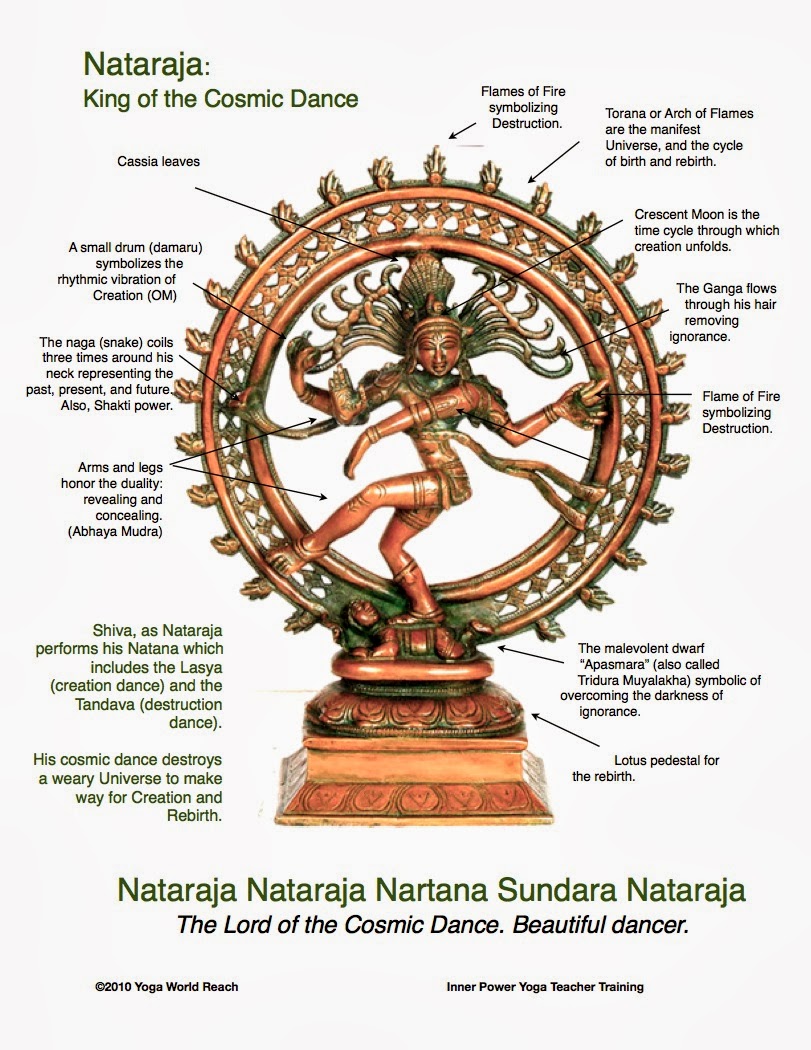Manisha Panchakam by Sri Adi
Shankaraachaaryaa
Present movement in the world every human have got their own problems, seeks the solution within themselves / from other sources. Most of them wants to be guided by some one who can show the way what they prefers. But Role of the real Guide / Teacher differs from the thoughts of their students. Teachers are many , from different lines. But here "True Teacher means Spiritual Teacher".
They are unique than other teachers.
Normal Teachers can teach how to start life, But only Spiritual Teacher can teach how to end life.
Sri Adi shankara is known as the "Teacher of the world" when it was in ignorance. He has shown the way of getting wisdom.
This is a beautiful text from Sri Adi Shankaraachaaryaa where in a few verses he had very eloquently explained atma/consciousness, decaying world (entrophy of the modern science), Power and tranquility of the silent mind and finally the master piece to accept even an outcaste as his Guru if he is established in atma/consciousness. In these 5 verses he brings out the essence of Advaita Vedanta*(non-duality of atma and Isvara/Brahman).
*(Advaita - absolute equality of tat, the Ultimate Reality, Brahman, and tvam, the individual self, jiva.
Let me give a background behind this teaching below. Sri Adi Shankara is finishing his bath in the river with his disciples and walking back for his pooja/ritual. On his way back he sees a chandaala/ an outcaste (in those days a person who is kept away from the mainstream society) and he is standing on his way with dirty clothes and unclean (not taken bath for many days). The outcaste stands in his way with four dirty street dogs carrying bones from a nearby burial ground in its mouth. Sri Adi Shankara gestured to him to keep a distance, as per the custom in those days.
The outcaste then asked him some questions which form the substance of first two verses which are a prelude to the main work. On hearing these questions, Sri Shankara realized that the person before him was no ordinary person but a jnani/realized person. Shankara replies to these questions in five verses. These five verses have been collectively given the name 'Manisha panchakam'. The word 'manisha', meaning 'conviction' appears in the last line in all the five verses.
The above are the questions asked by the outcaste - whether to move his physical body away from Sri Shankara's body or to move his consciousness/atma from the consciousness/atma of Sri Shankara. This statement could be said only by one who understands that all consciousness are the same like the one Brahman/Isvara (Advaita Vedanta)
2b should be read first followed by 2a as the numbering was wrongly done.
The outcaste also gives the classical metaphors used in the teaching of advaita Vedanta. If the sun is reflected (meaning Ishvara) in different water bodies (representing different living forms/humans), it is same light falling on to these water bodies but is reflected differently depending on the conditioning of the water body (meaning the conditioning of the mind). In the same way is the space inside a gold vessel or clay pot any different?
The consciousness is there during all the states of waking, sleeping and dreaming. During deep sleep there are no thoughts but the atma/consciousness still shines - only thing there is no action taking place in the sthula sarira (the gross material body consisting of the physical body and mind). Sri Adi Shankara says that a person who is established in this knowledge of atma/consciousness is his guru - whether he is an outcaste or a brahman.
He beautifully says that the entire world is a projection of the pure consciousness/ Isvara. One whose mind is fully established in the absolute truth is his guru whether is an outcaste or a brahmana according to Sri Adi Shankara.
Mind, senses, body and objects are all illumined by the light of Isvara like the physical objects are illumined by the unseen Sun in a cloudy day. The unseen Sun in this metaphor represents the Isvara. On a cloudy day we don't see the sun, does that mean that the sun does not exist? In the same way for all those minds which say I don't see the God, does he exist? - the sun in a cloudy day metaphor is a wonderful example.
To give an idea on the intellect established in the Brahman, he says Gods like Indra are satisfied with a fraction of the ocean of happiness, Where as the one established in Brahman has a completely silenced mind and has its intellect melted into that ocean of bliss/happiness. Such a person is not just the knower of Brahman but Brahman/Isvara itself.
Thanks:
http://ourindianculture.com/otherinterestingshowstory.php?id=6
